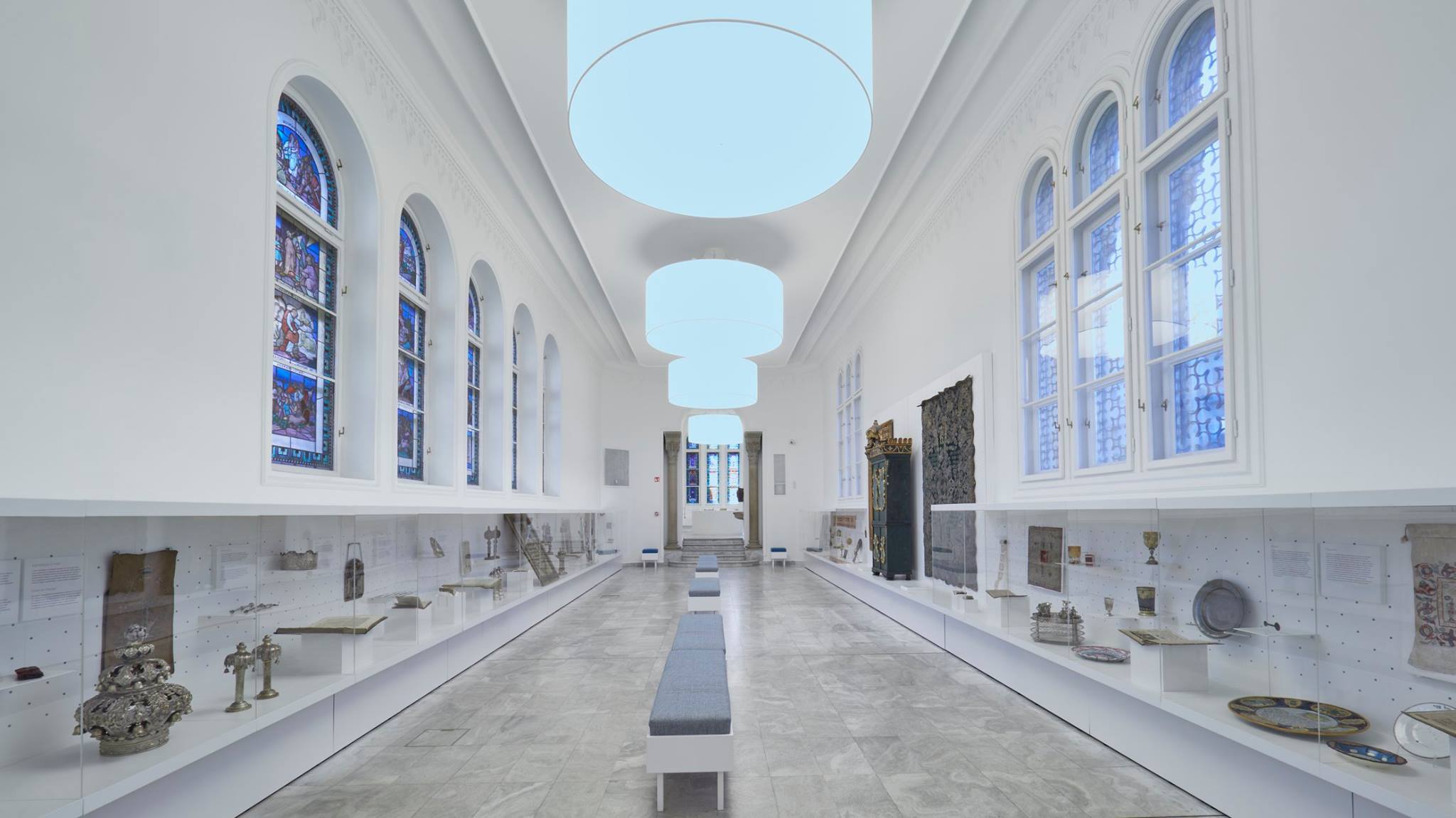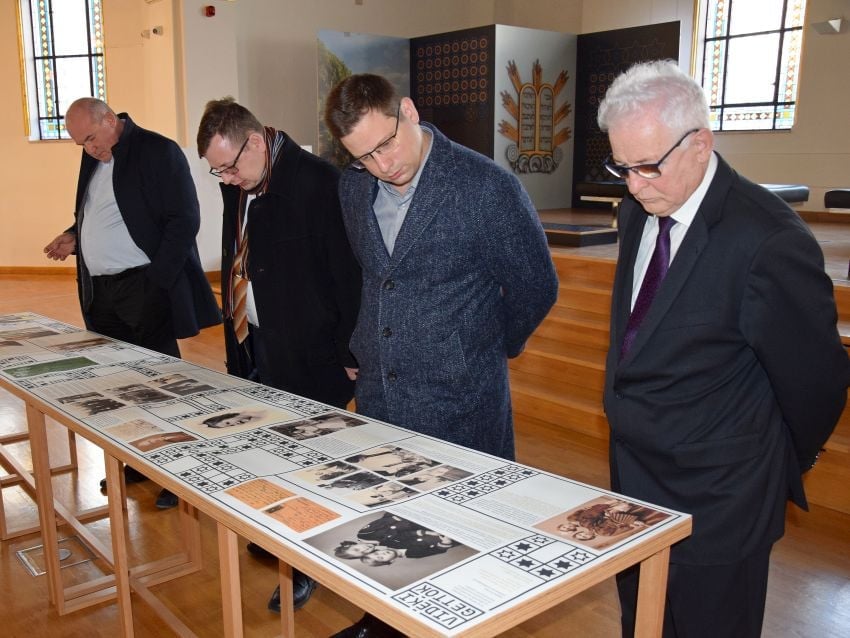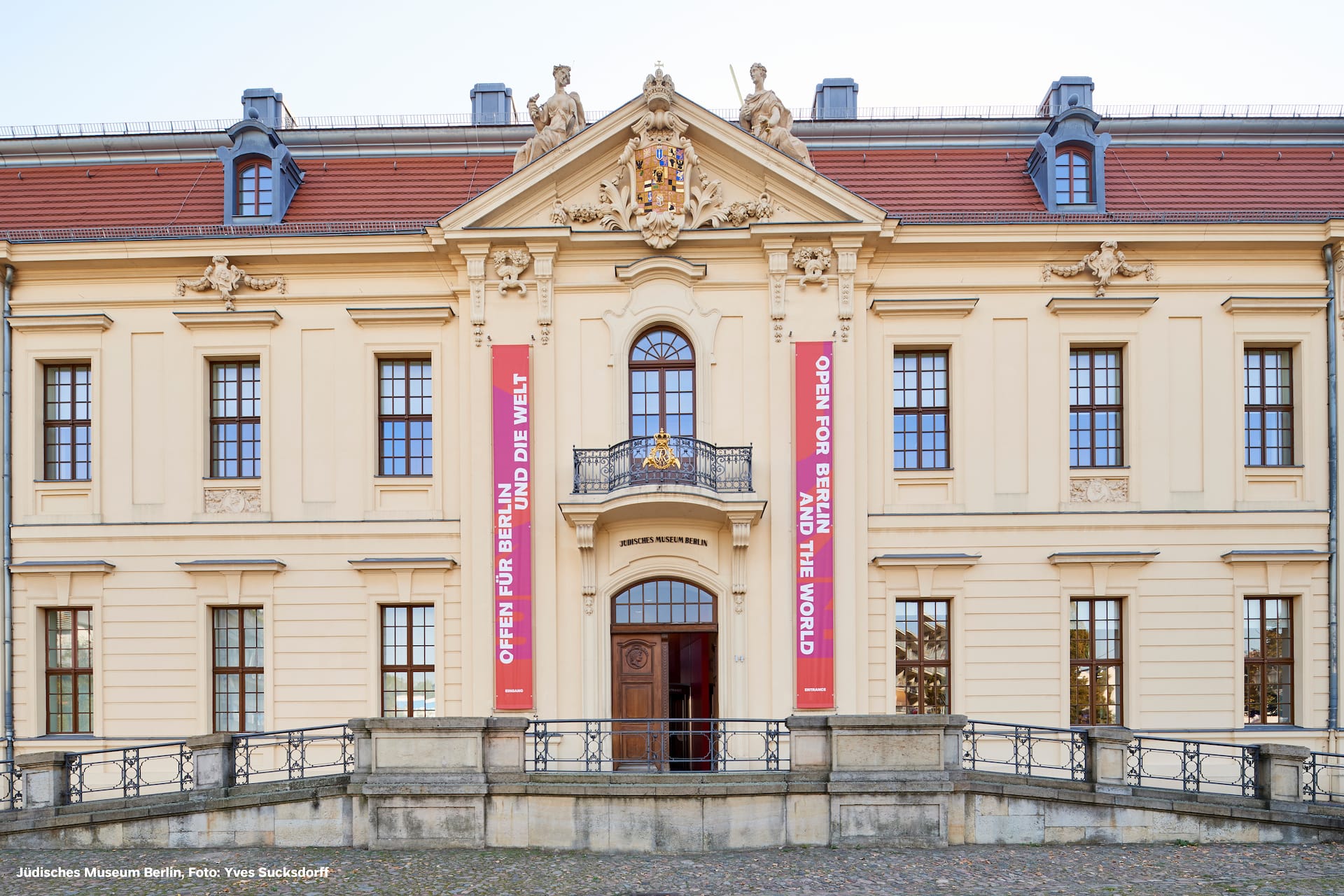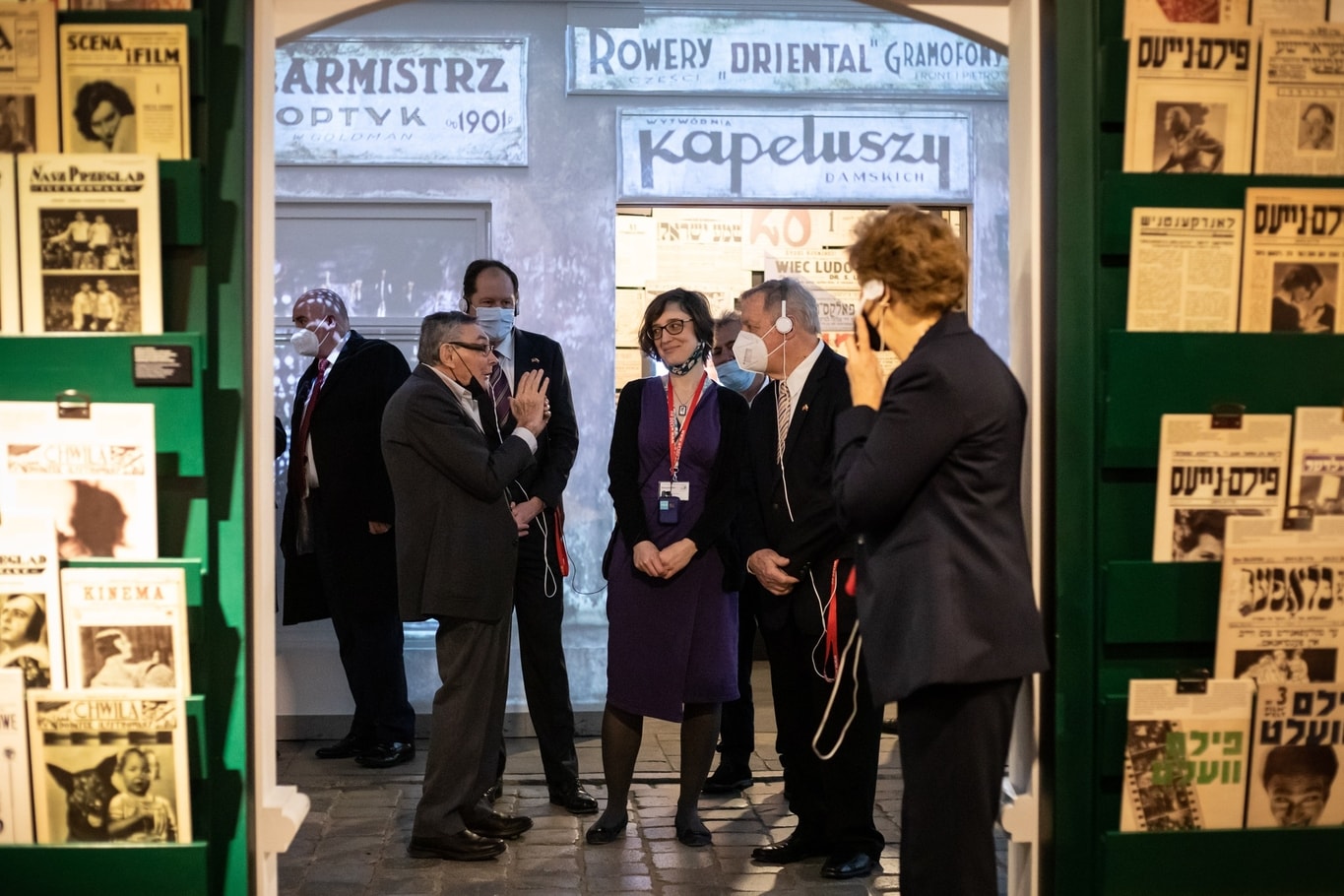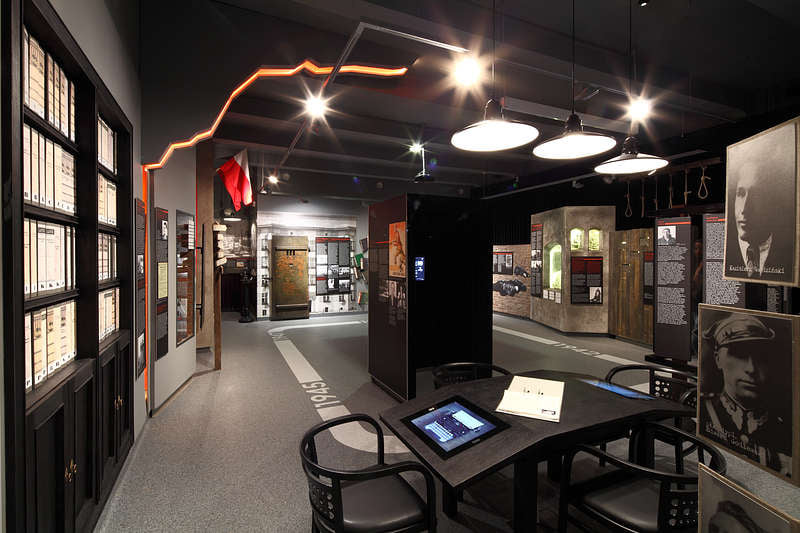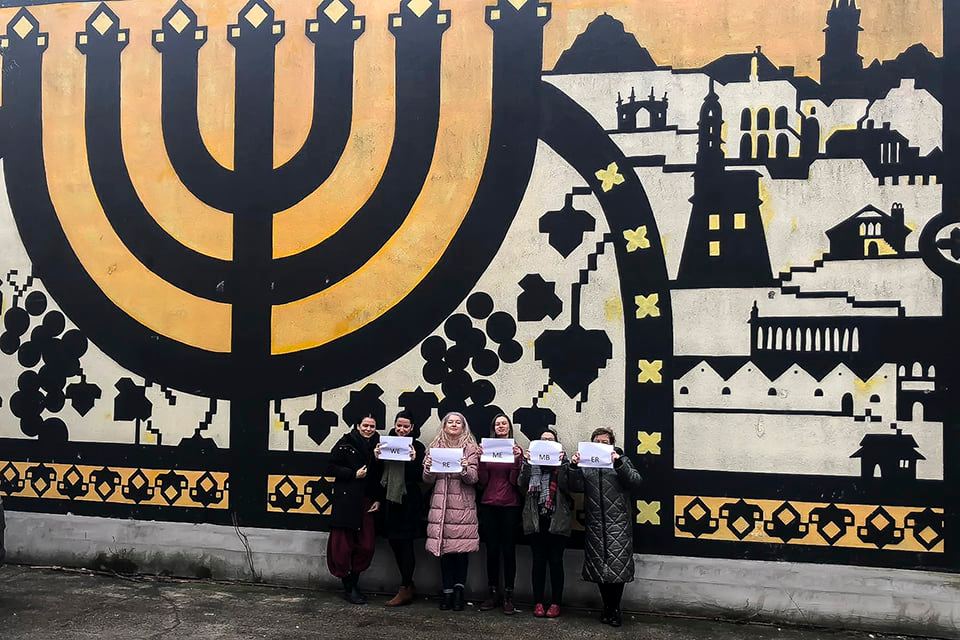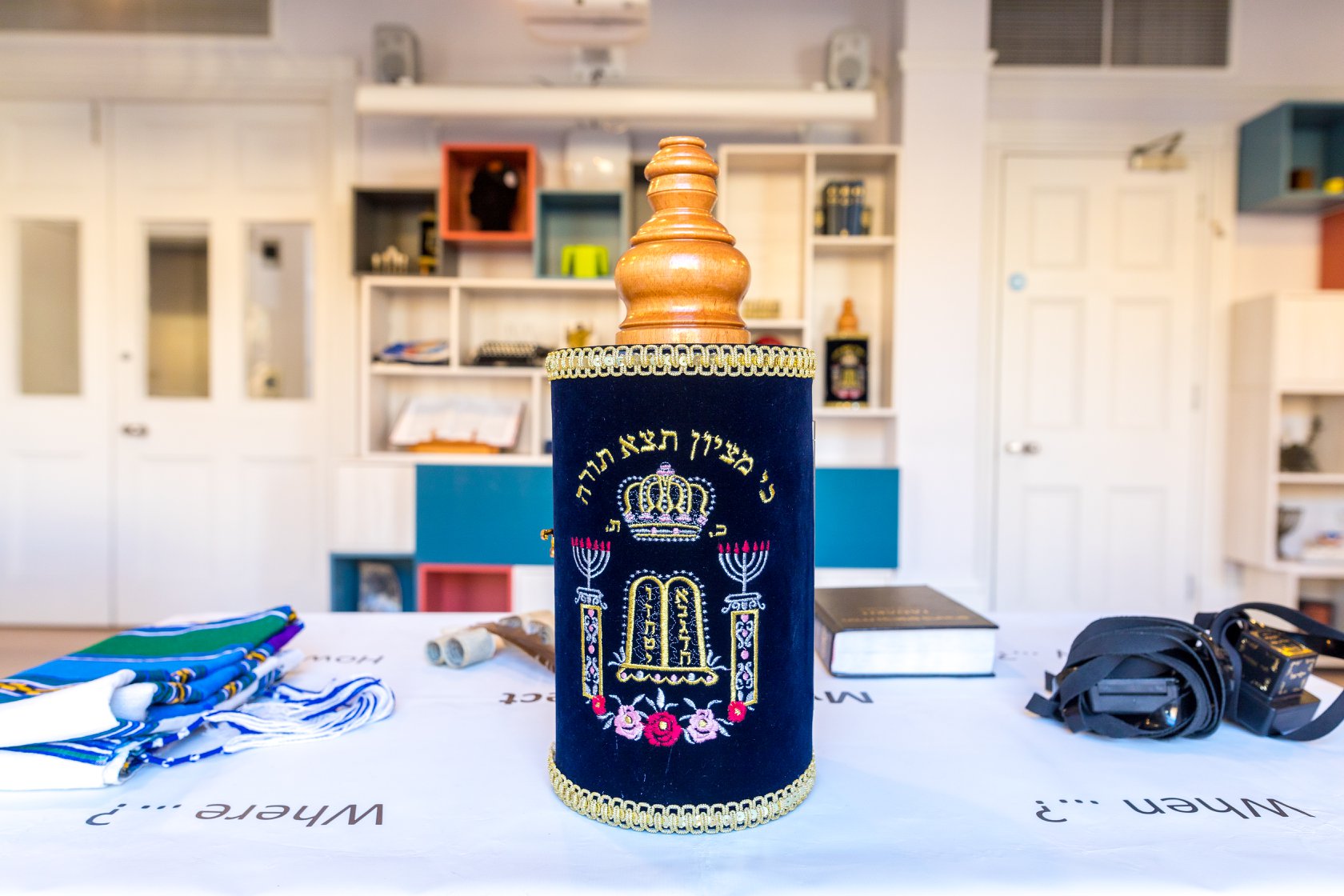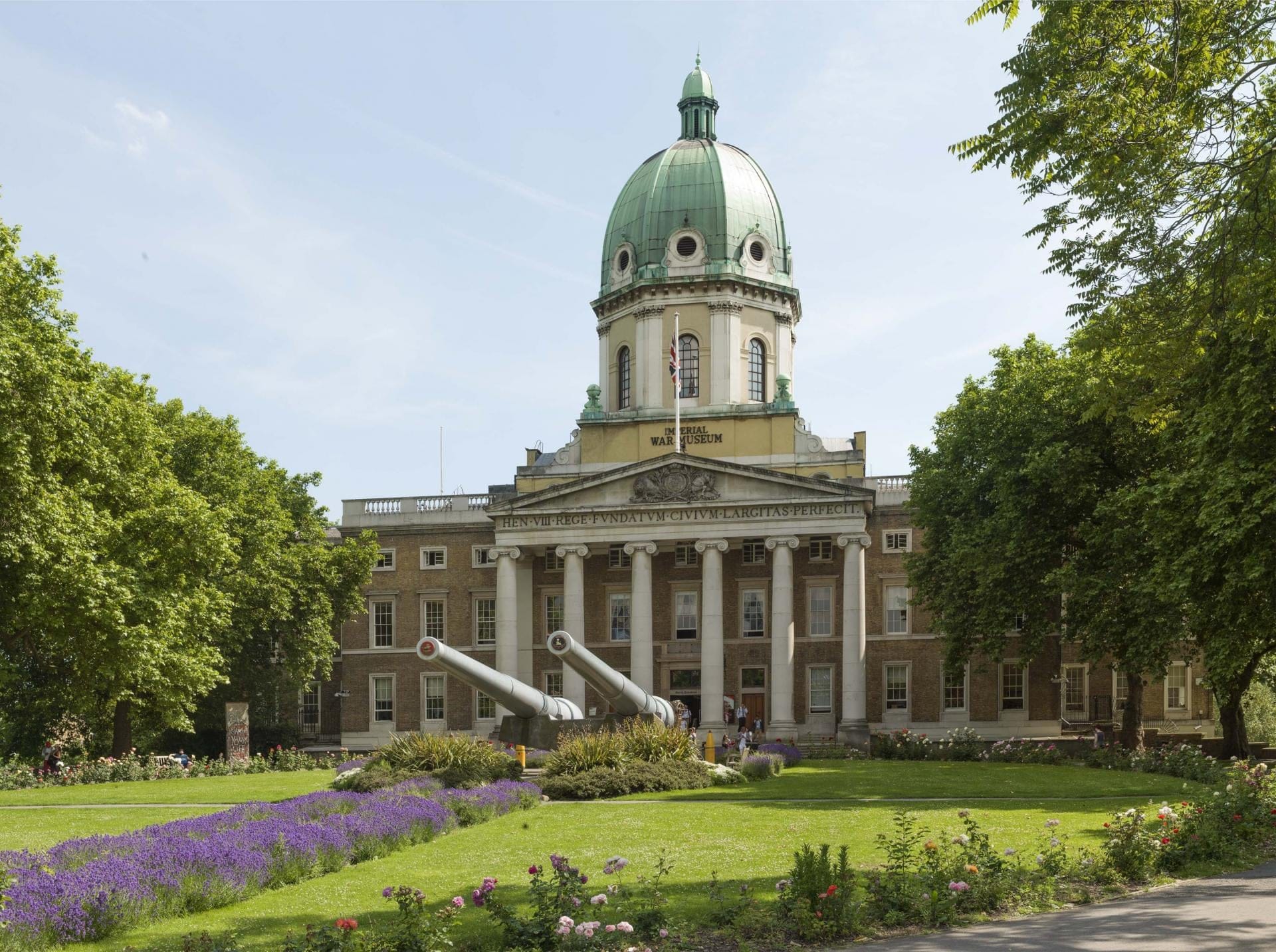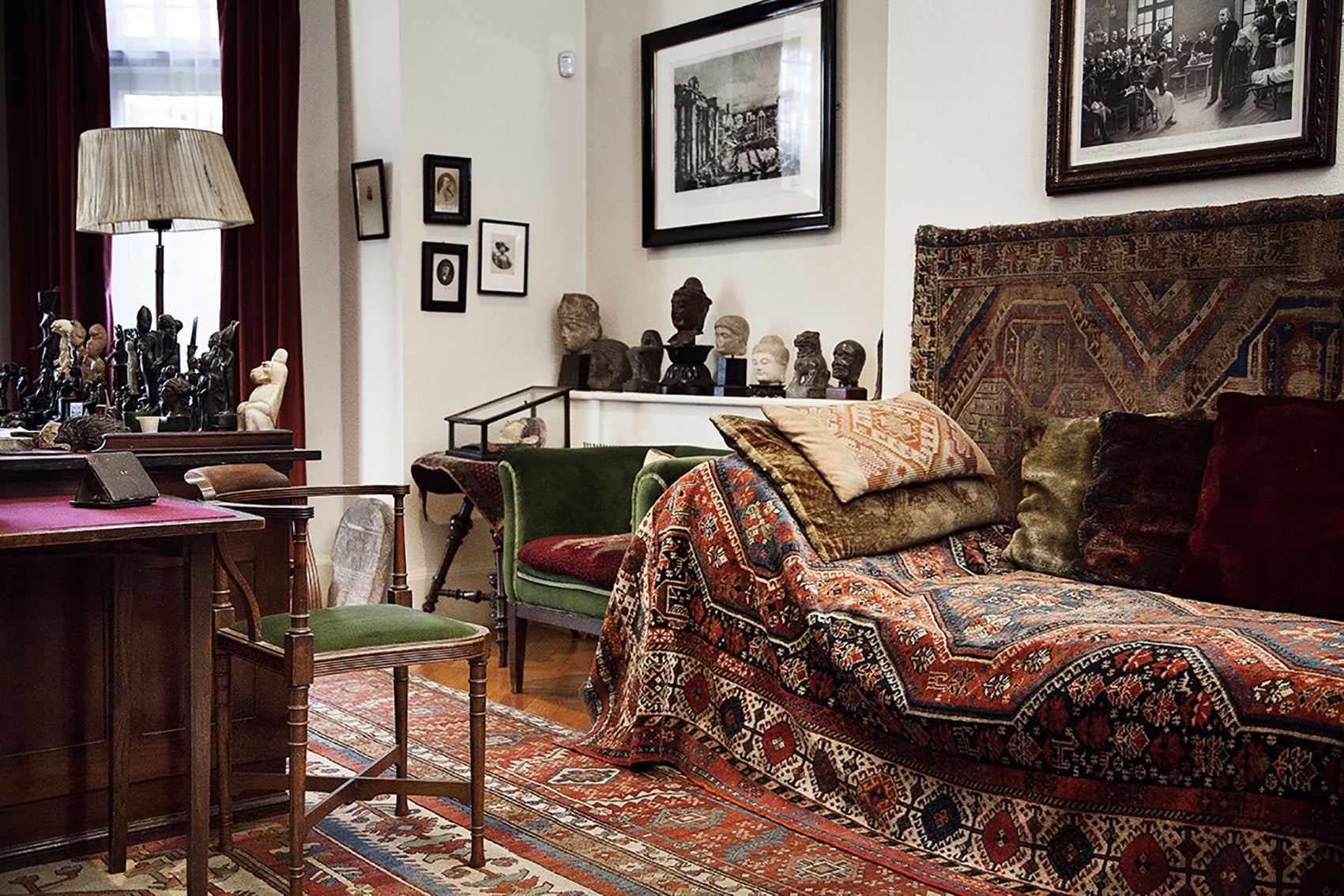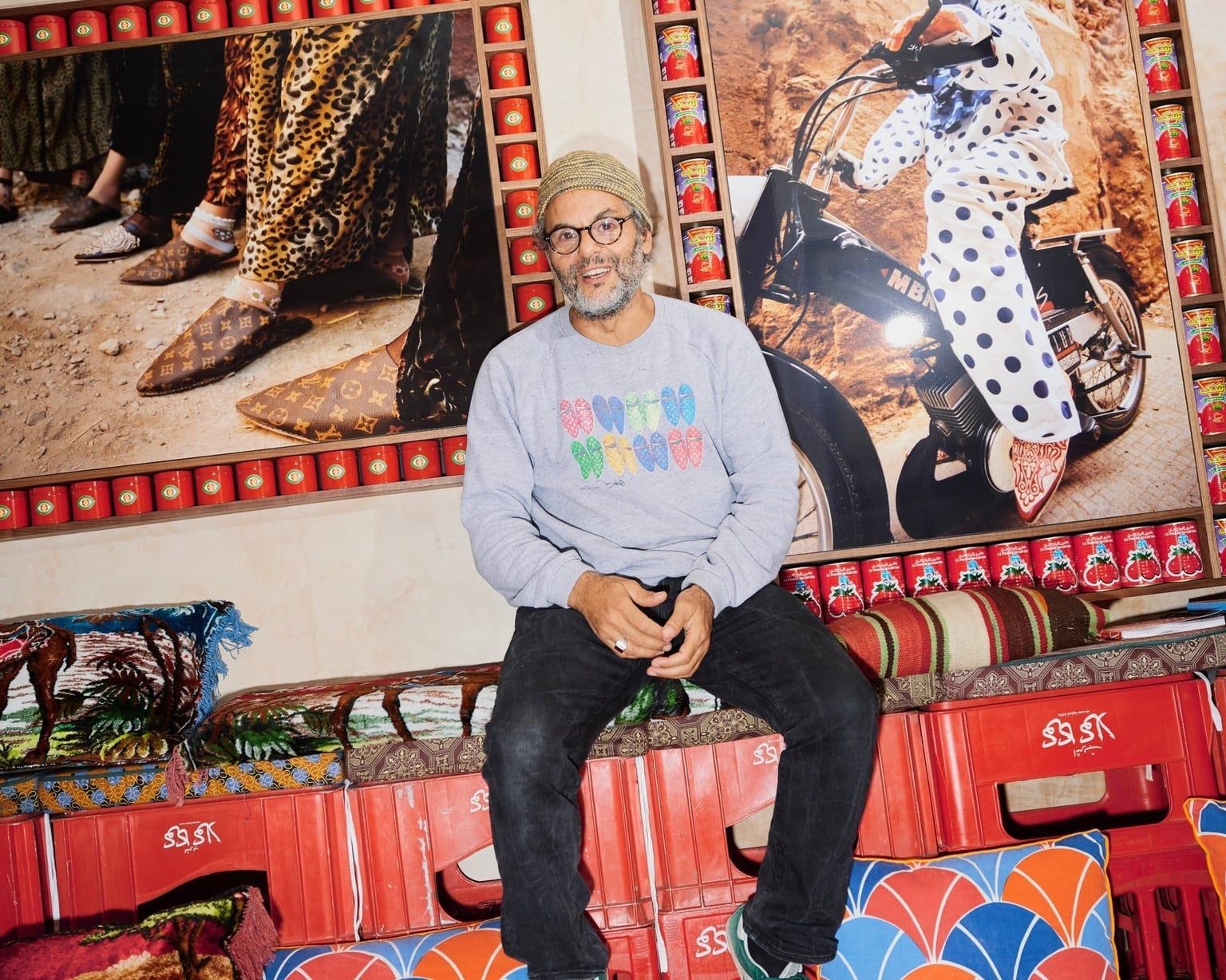The POLIN Museum is unique in that it’s creation involved the first public-private partnership of it’s kind in Poland. The main supporters of the museum’s creation are the City of Warsaw, the Ministry of Culture and National Heritage of the Republic of Poland, and the Association of the Jewish Historical Institute of Poland. These three partners, along with much support of a widely established international network led to the birth of the museum. Thanks to the financial support of private donors and founders across Europe and the USA, the Museum of the History of Polish Jews officially opened its doors in 2005.
In 2016, POLIN Museum won the title of the European Museum of the Year Award (EMYA 2016). POLIN Museum rose up to the challenge of creating an engaging and persuasive core exhibition without a substantial collection of artefacts. The programme of temporary exhibitions, educational activities, conferences, academic and artistic residences make the Museum a vibrant platform for dialogue and spreading the knowledge on Jewish history and heritage – reads the EMYA Jury statement.
POLIN Museum of the History of Polish Jews is the first public-private partnership institution formed together by the government, the local government, and a non-governmental organization. In compliance with the signed tripartite agreement, the public partner covered, among others, the cost of the construction of the Museum building and its interior fittings. The Association of the Jewish Historical Institute of Poland was responsible for, among others, financing and organization of the process of creating the core exhibition (for details please go to: Public-Private Partnership).
The Museum is a modern institution of culture – it is a historical museum which presents the 1000 years of Jewish life in the Polish lands. It is also a place of meeting and dialogue among those who wish to explore the past and present Jewish culture, those eager to draw conclusions for the future from Polish-Jewish history, and finally those who are ready to face the stereotypes and oppose xenophobia and nationalistic prejudices that threaten today’s societies. By promoting the ideas of openness, tolerance and truth, POLIN Museum contributes to the mutual understanding and respect among Poles and Jews.
